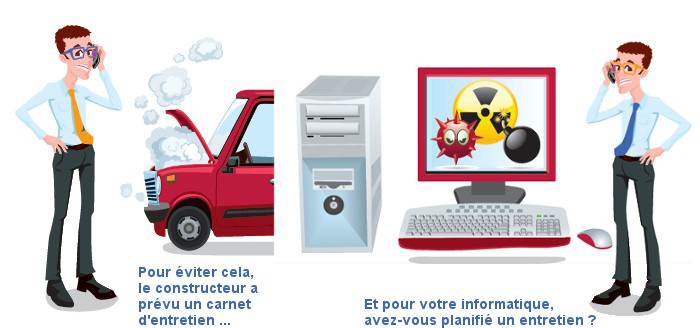The scanning electron microscope has become one of the most powerful scientific visualization tools available, giving us incredible close-up views of anything from volcanic ash to snowflakes to bacteria.
The microscope works by scanning a focused beam of electrons across an object. The electrons interact with the atoms at the surface of the object, revealing the texture and structure with a depth of field that makes for a great three-dimensional sense of the target. Some of the most intriguing images are those of insects and other animals.
On this day in 1940, the first transmission (stationary) electron microscope, predecessor to the scanning electron microscope, was demonstrated in the United States. To celebrate the amazing contribution these microscopes have made to science, we asked scientists at the American Museum of Natural History in New York City to share some of their favorite SEM images with us.
Here are the beautiful and creepy images of scorpions, wasps, sharks, bees and spiders they sent us.
The American Museum of Natural History houses perhaps the most complete collection of bee eggs, larvae and pupae in the world. The image above is of the larva of a ground-nesting solitary bee from Turkey. This is the last instar larval stage, which describes the times between each molt (after an insect sheds its exoskeleton in order to grow) until the insect reaches sexual maturity.
Though many scientists study bees, curator Jerome Rozen is one of the few who studies solitary species and their parasites (seen on the last slide).
Image: Hoplitis monstrabilis (Rozen, J.G., Jr., H. Özbek, J.S. Ascher, M.G. Rightmyer. 2009. American Museum Novitates 3645)
Authors:












